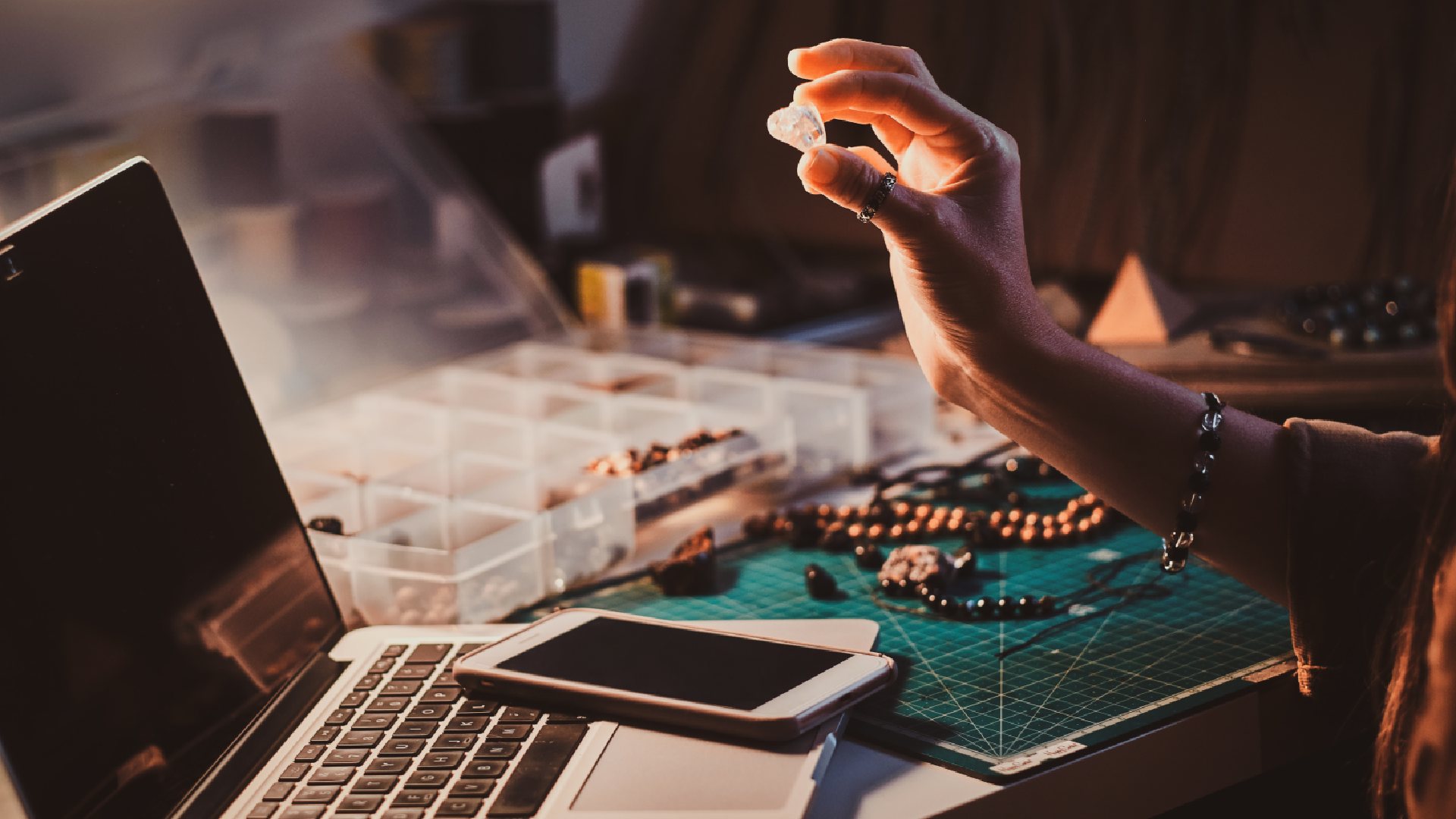How 3D Printing Makes Complex Jewelry Design More Accessible

Table of Contents:
From Digital Model to Printed Jewelry
The design process is born on a computer screen. Designers start the CAD models of the ring, pendant, or bracelet. This design is edited again in the software within minutes with no need for tools or material. They modify curves, change an engraving, or play with the texture for just a few minutes. When fully satisfied, they export the file in a format compatible with the 3D printer. That file is then sent to the high-resolution 3D printer that creates the object layer by layer with extreme precision. Every minute detail remains present after printing. This digital workflow reduces time, costs, and waste compared to older methods. Ideas now transform into prototypes faster than ever before.Precision Through Advanced Materials
Material options offer more possibilities in true 3D printing jewelry design. Castable Resin is very popular for wax style models with lots of detail. The prints turn out gold, silver, or platinum castings. Though powder metal printers can build jewelry out of materials such as steel or titanium. Both give the jewelry strength and flexibility with high surface finishes. The designer considers materials with customer requirements and design complexities in mind. One fine ring would go for resin casting, and one strong bracelet would be direct metal printing. 3D printing services assist jewelers in making these decisions. This guidance results in every order achieving consistent and precise professional results. Today, materials and machines work hand in hand for a perfect production outcome.Role of 3D Printing Services
Not every designer can afford to own an expensive 3D printer. This is the place where professional services come into play. 3D printing service online provide access to state-of-the-art equipment and qualified technicians. Designers upload their digital files and get back a finished jewelry piece within days. The 3D printing industry in Malaysia is very fast growing and serves the independent jewelers. Many small-scale businesses have relied on these services for scaling production. 3D printing service online platforms also bring global accessibility. Designers from any location collaborate with experts without travel or shipping delays. This model lowers startup costs while maintaining professional quality. The rise of 3D jewelry printing service providers makes innovation easier and more affordable for everyone.Finishing Touches and Post-Processing
The printing step is just that: one step in the processes of jewelry-making, followed by post-processing to meet professional standards prior to sale. Resin models are cleaned, cured, and meticulously prepared. Castable resin models go through investment casting to emerge as beautiful metal jewelry. Metal prints are polished, support materials are removed, and surface finishing is done by jewelers. They may wish to add some textures, engravings, or stones to increase the value of the pieces. Great finishing will turn a basic raw print into art wearable by any collector. Customers want comfort, utility, and a perfect look. Post-processing is what stands as a bridge between a printed prototype and a finished product in all its glory. This is where expertise and eye for detail come into play. The fresher the collaboration between the printer and a jeweler, the better the pieces will meet every expectation.Breaking Barriers in Jewelry Creation
For years, jewelry design faced many limitations. Costs of molds, tools, and materials prevented experimentation. Designers feared waste when testing new ideas. 3D printing has broken these barriers permanently. Today, creators produce complex designs without heavy investment. They print affordable prototypes, test them, and refine quickly. The technology encourages bold experimentation without financial risk. 3D printing service companies providers make production possible for emerging designers. Independent artists gain access to markets once dominated by luxury brands. This shift empowers more voices, ideas, and cultures within jewelry design. Creativity is no longer tied to expensive workshops or large companies.Faster Time-to-Market for Designers
Speed defines modern business success, and jewelry is no exception. Traditional mold-making slowed production for weeks or even months. 3D printing reduces this timeline drastically. Designers print prototypes in hours and refine them instantly. Multiple versions are produced simultaneously to test different styles. Collections reach customers faster than ever before. This speed keeps jewelry businesses aligned with fashion trends. Seasonal collections or custom requests no longer take months. Faster production means more satisfied customers and higher sales potential. For jewelers, time saved translates directly into revenue and market advantage. 3D jewelry printing service accelerates creativity and strengthens competitive positioning.Making Jewelry More Accessible Globally
Provided with an almost inclusivity hue, the global jewelry market appears to have found almost full inclusivity with 3D printing. Independent designers and artisans are now in direct conflict with established names, providing every country’s customers with a larger variety. Demand for 3D printing products Malaysia, however, is growing in the local markets. An increasing number of 3D printing services Malaysia appears to be in place for assisting jewelers as well as their customers. Online services provide a connection between buyers from around the world and local artisans instantly. This accessibility marks a transition of jewelry from sheer luxury to universal art. Customers entertain exploring exotic, personal, and affordable designs. Technology lifts barriers of distance, scale, and cost. The jewelry industry, thereby, is on a road to global openness and accessibility.3D printing has revolutionized jewelry from being imagined, created to sold. Designers are experiencing speed, freedom, and flexibility much like never before. Customers may moreover now feast on affordable yet intricate and customized designs. 3D printing service companies and online platforms assist with the connection. Post-processing and finishing by experts stand as the last testament in maintaining a high standard.
From Malaysia to international markets, 3D jewelry printing service providers are standing to uphold the artists with the future of jewelry-rest, the artists. The future of jewelry lies in combining creativity with cutting-edge technology, to get started on your 3D printing journey, contact us! As adoption spreads, jewelry becomes more diverse, personal, and accessible globally.
- 3D Jewelry Printing Service, 3D Printing Company, 3D Printing Company Malaysia, 3D Printing Creations Malaysia, 3D Printing In Malaysia, 3D Printing Metal Jewelry, 3D Printing Products Malaysia, 3D Printing Service Companies, 3D Printing Service Online, 3D Printing Services Malaysia, Custom 3D Printing, Custom 3D Printing Malaysia
